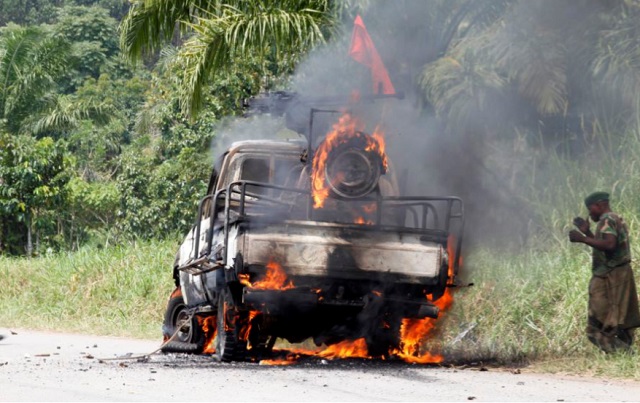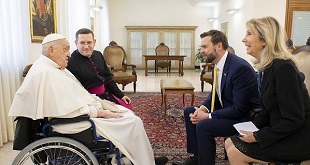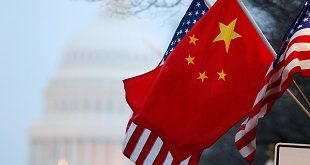
ADF offshoots have been reported in Mozambique
| STIG JARLE HANSEN | In April the Islamic State (ISIS), took responsibility for an attack on an army base in the troubled Beni region of North Kivu province, eastern Congo, close to the border with Uganda. The Islamic state credited this and four other attacks to the Central African Province of the Islamic State.
The attacks came amid signs that the Islamic State’s offshoots outside the Levant (the area encompassing modern day Palestine, Israel, Lebanon, Syria, Jordan and Iraq) are growing in relative importance. Some of these offshoots have been depicted, or mentioned in the latest video of Islamic State leader Abu Bakr al-Baghdadi.
Links between groups within North Kivu province and the Islamic state are not new. As early as 2017 a poorly-made video emerged showing a small group of fighters (including what seemed to be foreigners), declaring loyalty to the Islamic State. The troubled province of North Kivu has seen almost continuous violence for more than two decades, with violence erupting from 1993 and onward.
In 2018, Kenyan authorities arrested two people they accused of raising money and supporting various Islamic state organisations in Syria, Libya and the Congo. In Congo’s case, the fingers were pointed at a group called Allied Democratic Forces, based in North Kivu. The case is yet to be prosecuted, but the group was mentioned in other cases of alleged links to Islamic State as well.
The last link was the discovery of a book published by the Islamic State’s Al Himmah Library on the body of a dead Allied Democratic Forces soldier in February 2018. The book is easy to download from the internet, so it remains unclear whether the download was at the instigation of the Islamic State or not.
All of these signs indicate that there are some links, ideological or organisational, but the nature of these links might be complicated and fragmented.
The Allied Democratic Force
The Allied Democratic Forces was a creation of Congolese and Sudanese attempts to undermine the Yoweri Museveni regime in Uganda in the 1990s. Created in Congo in 1995, it consisted of two very distinct elements with relatively strong ideological traits, and separate past histories.
The first group that entered the union that was to become the Allied Democratic Force was the National Army for The Liberation of Uganda. This was one of many based around the mainly Christian Bakonjo-Baamba people of Rwenzori, and their struggle for more autonomy and independence from Uganda.
The second component was the Islamic Salafi Foundation, an organisation with roots going back to protests against Uganda’s attempts to control Islam.
Inside Congo, the two ideologically different organisations were fused together into a new organisation by the regimes of Mobutu Sese Seko in Congo and Omar al-Bashir in Sudan. The two men envisaged it could be used as a tool against Uganda, to check Museveni’s influence and stir up domestic politics.
I trace the development of the group in my book` Horn, Sahel and Rift: Fault-lines of the African Jihad’, pointing out that the new organisation quickly became embedded in Congo. This happened in two ways. The first was through the active attempts by Mobutu to integrate it into the local governance and security of his regime. The second was through Bakonjo-Baamba networks.
Mobutu also encouraged the Allied Democratic Forces to invest in local businesses and partner in business ventures. Some of these links remain active. These old business associates tend to be seen as a part of the organisation which has led to the perception that the Allied Democratic Force has wider reach than is actually the case.
The early golden age of the Allied Democratic Forces ended when Mobutu lost power in Congo in 1997. It was forced to relocate into the Rwenzori Mountains on the border between Uganda and Congo to avoid offensives from Uganda and the new regime in Congo.
 The Independent Uganda: You get the Truth we Pay the Price
The Independent Uganda: You get the Truth we Pay the Price



